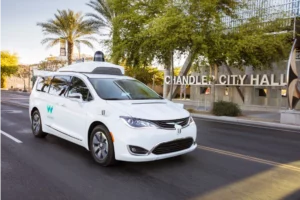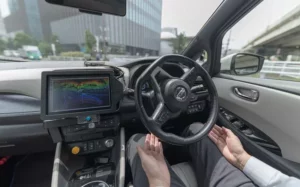Researchers in America have demonstrated an “attack strategy” that can fool industry-standard autonomous vehicle sensors into believing nearby objects are closer or more distant than they appear – without being detected.
Cosmos Magazine reports that the research at Duke University suggests that in order to fully protect driverless cars from attacks, it may be necessary to add 3D camera capabilities or the ability to share data with nearby cars.
The research says one of the biggest development challenges for autonomous driving systems is protecting against attacks, and a common way to do this is for separate instruments to check data against each other to confirm their measurements make sense. The most common technology currently used to do this by autonomous car companies is the industry-standard dual-camera LIDAR sensors, which combines 2D data from cameras and 3D data from LIDAR.
But it says they have identified an attack strategy that works by shooting a laser gun into a driverless car’s LIDAR sensor to add false data points. Previous research has shown that a driverless car can recognise an attack if these data points are wildly at odds with what its camera is seeing. But 3D LIDAR data points carefully placed by a laser within a certain area of the camera’s 2D field of view can fool the system, according to this new research.
The findings will be presented at the 2022 USENIX Security Symposium in August.
(Picture – Yay Images)





















